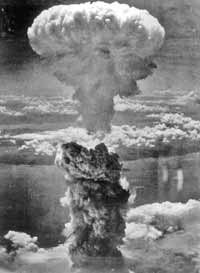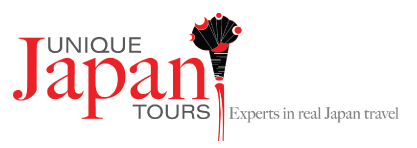 World War II broke out in September 1939 in Europe. By 1940, Japanese troops invaded the northern part of French Indo-China. The following year, they moved into the southern part which forced the US to stop all exports to Japan.
World War II broke out in September 1939 in Europe. By 1940, Japanese troops invaded the northern part of French Indo-China. The following year, they moved into the southern part which forced the US to stop all exports to Japan.Subsequently, Japan attacked the US military base on Pearl Harbour in Hawaii on Dec. 7, 1941. Guam, The Philippines, and Wake Island were also hit by Japanese forces which led to the US breaking out on all Japanese allies, including Italy and Germany.
Japan fought victoriously and by 1942 the Japanese empire spread from eastern India through Indonesia and from the Aleutian Islands near Alaska to the Solomon Islands in the South Pacific Ocean. Things went bad from then when US drew in the Battle of the Coral Sea in May 1942 and one month later had victory in the Battle of Midway. From then on, Japan’s victories decreased and by July 18, 1944, Prime Minister Tojo’s Cabinet fell.
In early 1945 America bombed industrial targets in Japan. Warships stationed themselves on most Japanese coastal cities. Vital supplies were cut off to Japan. On August 6th, 1945 the United States dropped the first ever Atomic Bomb on the city of Hiroshima. Two days later, Manchuria and Korea were invaded by the Soviet Union, having declared war on Japan. The next day, the second atomic bomb was dropped on the city of Nagasaki.
Finally Japan agreed to surrender on August 14th. As a result of this Japan lost all its territory on mainland Asia and all the islands it had governed in the Pacific. It was left with the four main islands that remain today, as well as a few smaller ones nearby. Throughout the 50s, 60sand 70s, the US returned the Bonin Islands, Iwojima and the Ryukyu Islands. Russia still occupies the Kuril Islands.

